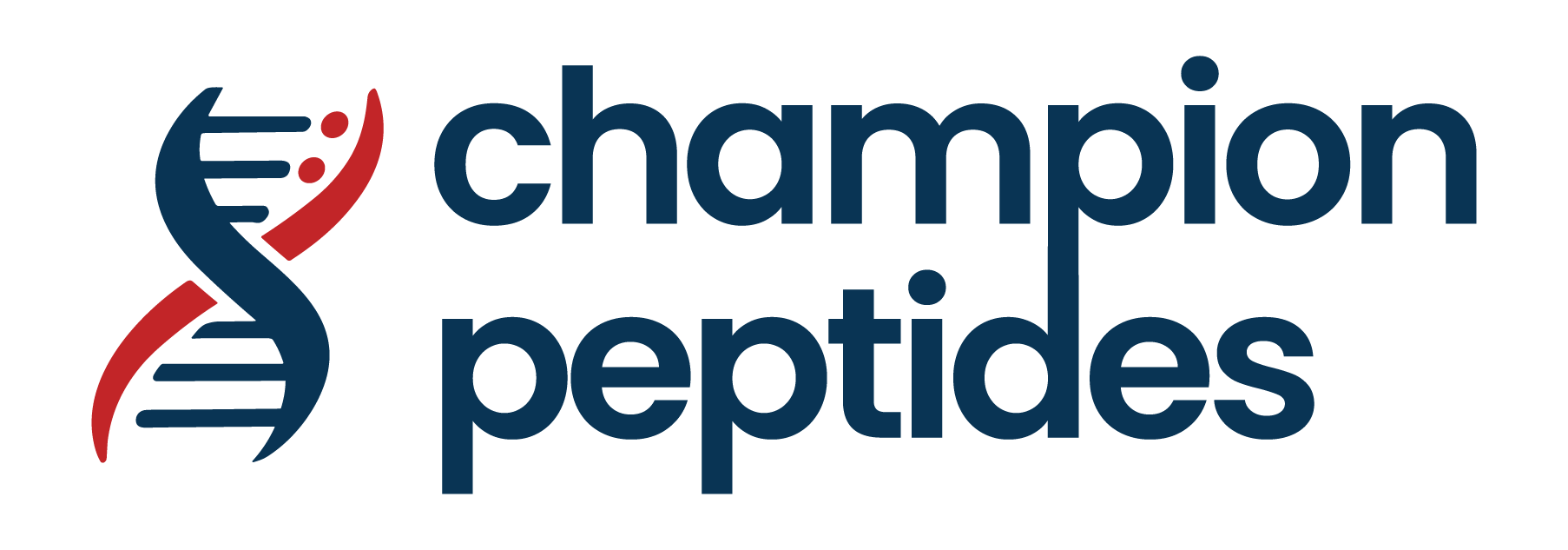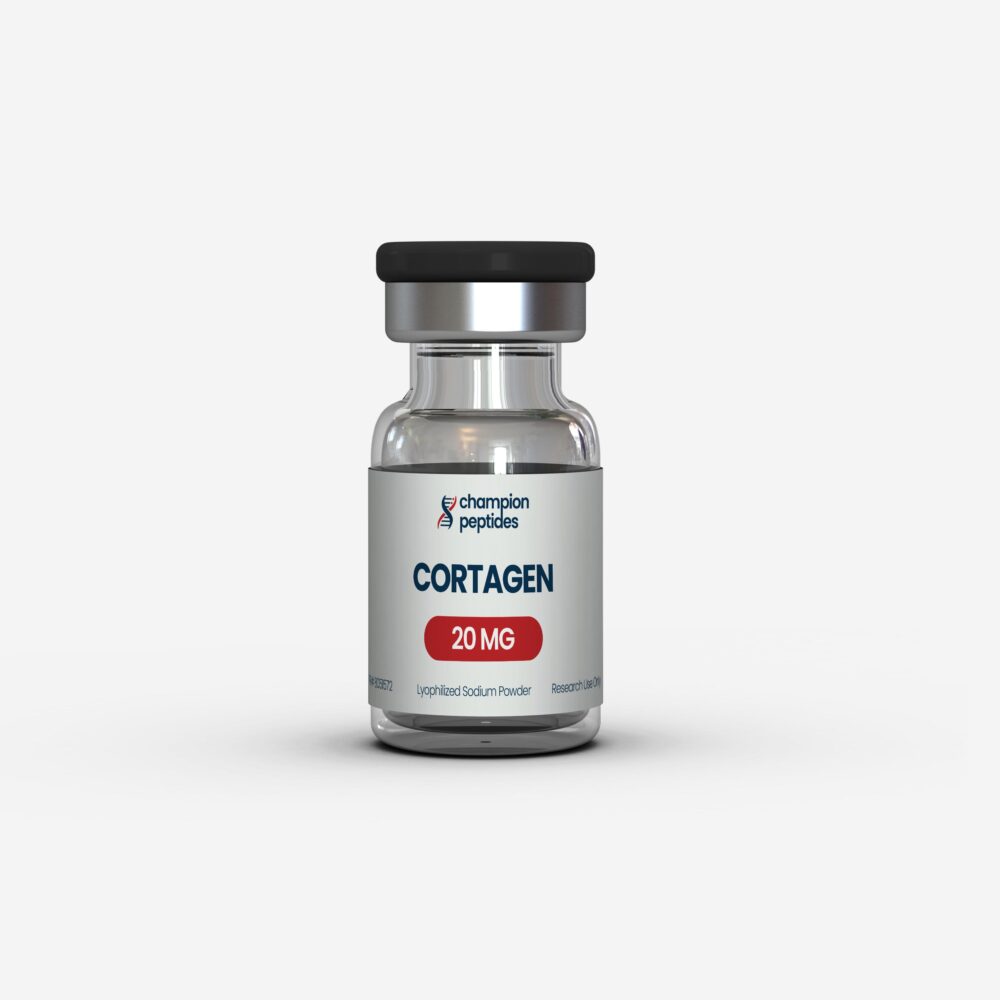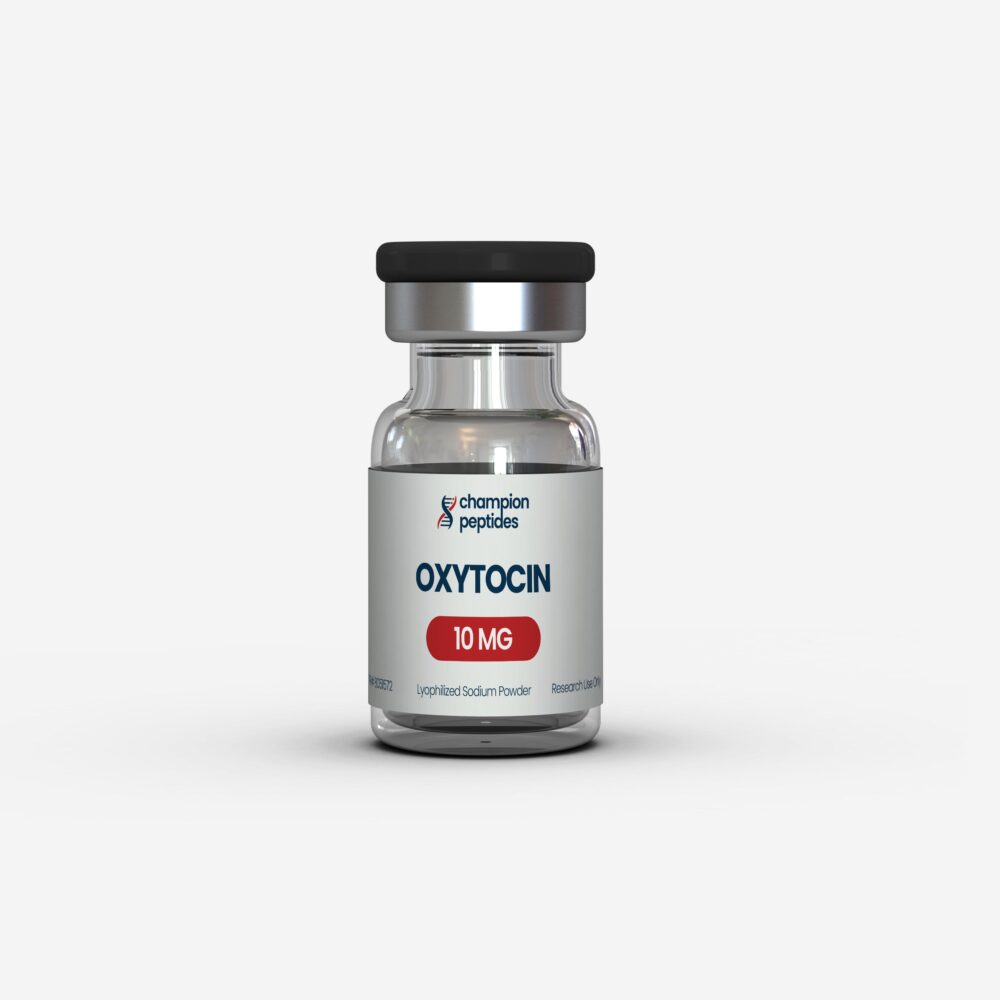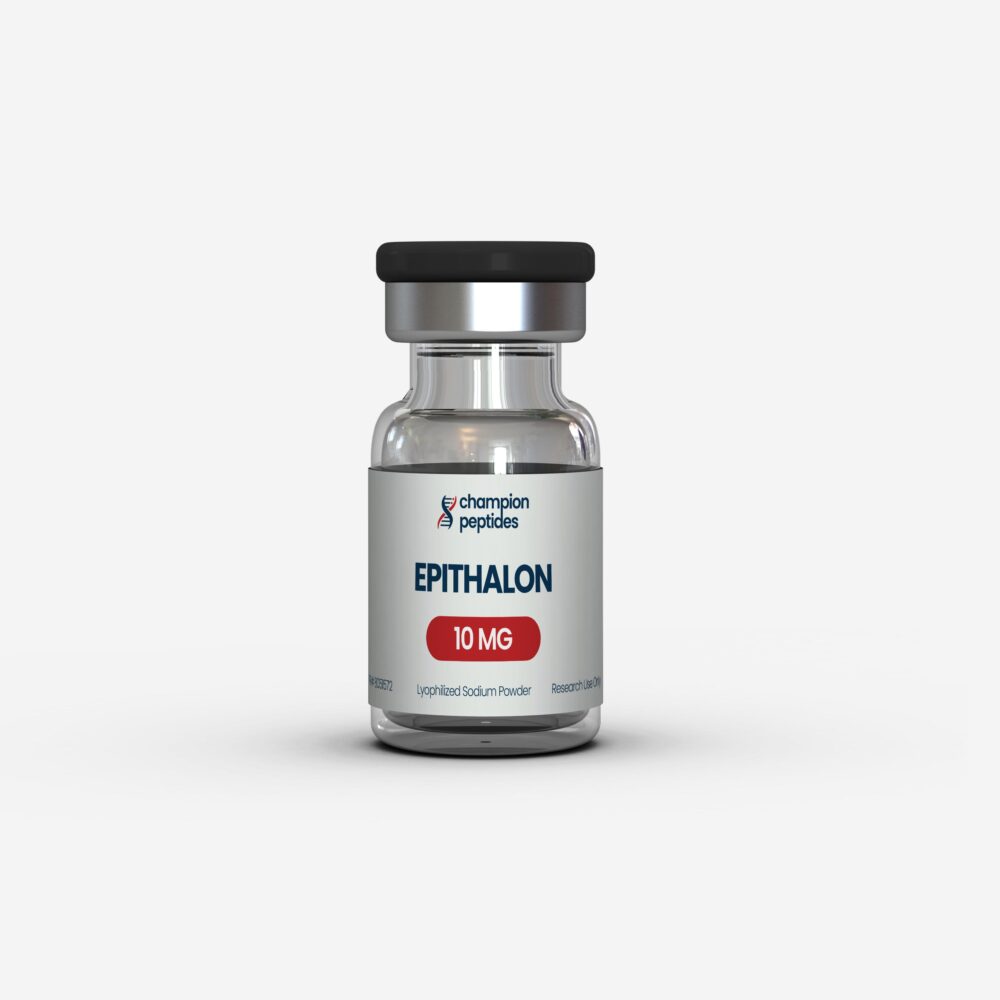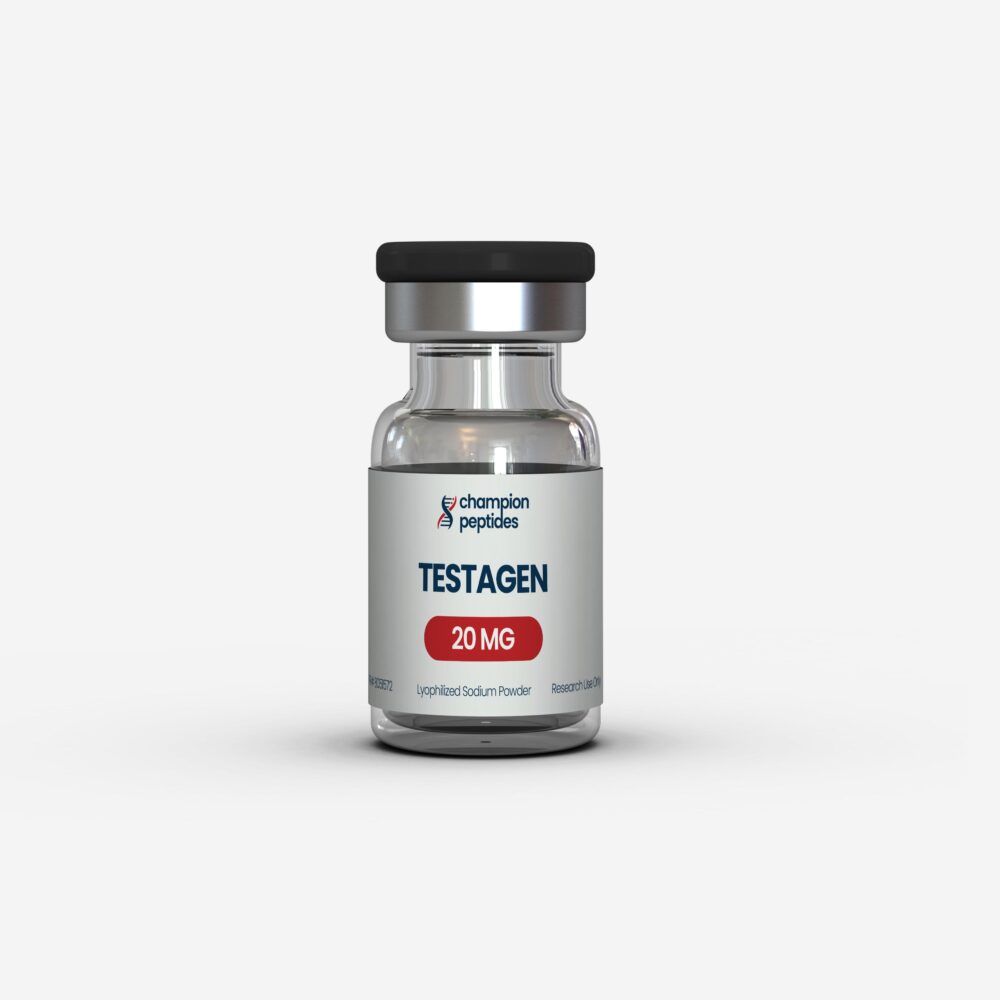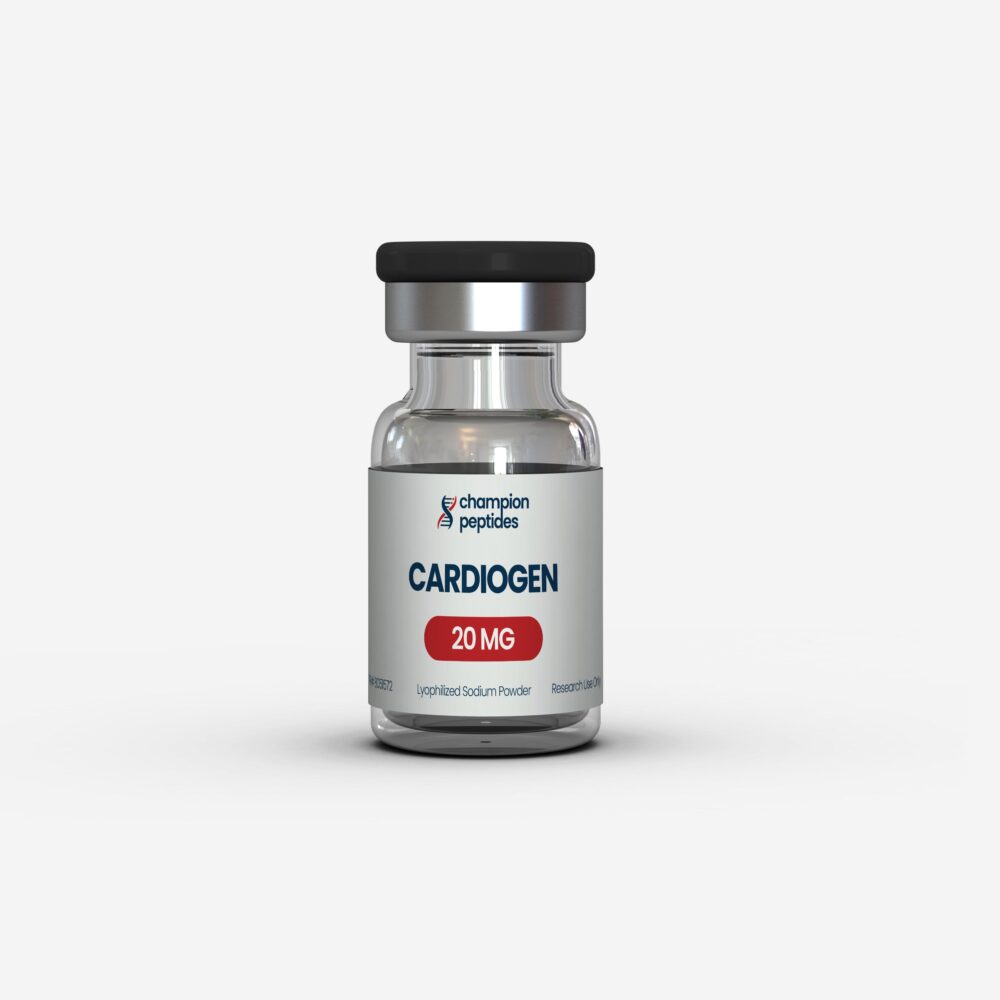Key Research Findings
- Clinical trials demonstrate 25% reduction in visceral adipose tissue with tesamorelin treatment over 26 weeks
- Growth hormone-releasing hormone analog shows neuroprotective effects in HIV-associated cognitive impairment studies
- Tesamorelin exhibits 20.7-fold higher reporting odds ratio for carpal tunnel syndrome in pharmacovigilance analysis
- FDA-approved therapy remains the only treatment specifically indicated for HIV-associated lipodystrophy
- Research demonstrates superior metabolic effects compared to traditional growth hormone therapies
Contents
Scientific Overview and Mechanisms
Tesamorelin peptide benefits have revolutionized the therapeutic landscape for growth hormone-releasing hormone research, representing a synthetic analog of the naturally occurring GHRH. This 44-amino acid peptide demonstrates remarkable specificity for growth hormone release, distinguishing itself from other peptide therapeutics through its unique mechanism of action and clinical efficacy profile.
The compound operates through selective binding to growth hormone-releasing hormone receptors in the anterior pituitary gland, stimulating endogenous growth hormone production rather than providing exogenous hormone replacement. This approach offers significant advantages in maintaining physiological feedback mechanisms while achieving therapeutic outcomes. Research investigations have consistently demonstrated that peptide therapeutics like tesamorelin provide more targeted interventions compared to traditional hormone replacement strategies.
Laboratory studies reveal that tesamorelin’s molecular structure incorporates specific modifications that enhance stability and bioavailability compared to native GHRH. The peptide’s half-life of approximately 26-38 minutes allows for once-daily subcutaneous administration, making it particularly suitable for research protocols requiring consistent dosing schedules. These peptides function through complex interactions with multiple downstream pathways, including insulin-like growth factor-1 (IGF-1) signaling cascades that mediate many of the observed metabolic effects.
The growth hormone-releasing hormone analog demonstrates selective tissue targeting, particularly affecting visceral adipose tissue while preserving lean body mass. This specificity has made tesamorelin a focal point for researchers investigating metabolic dysfunction-associated conditions, particularly in populations with HIV-associated lipodystrophy and related metabolic complications.
Tesamorelin Research Dosage Protocols
Laboratory protocols for tesamorelin research applications have been extensively characterized through multiple clinical trials and research investigations. The standard research dosage protocol involves 2 mg subcutaneous injection administered once daily, typically in the evening to align with natural circadian growth hormone secretion patterns.
| Research Population | Dosage (mg/day) | Administration Route | Study Duration | Primary Outcomes |
|---|---|---|---|---|
| HIV-Associated Lipodystrophy | 2.0 | Subcutaneous | 26 weeks | 18.2% VAT reduction |
| NAFLD/MASLD Research | 2.0 | Subcutaneous | 12 months | Hepatic fat reduction |
| Neurocognitive Studies | 2.0 | Subcutaneous | 6 months | Cognitive performance measures |
| Metabolic Research | 2.0 | Subcutaneous | 48 weeks | Body composition changes |
| Integrase Inhibitor Studies | 2.0 | Subcutaneous | 12 months | Visceral fat, hepatic fat |
Research applications demonstrate consistent efficacy across diverse study populations, with tesamorelin formulations showing remarkable safety profiles in extended administration protocols. Laboratory findings indicate that dose escalation beyond 2 mg daily does not provide proportional benefits while potentially increasing adverse event rates.
Tesamorelin peptide dosage considerations for research protocols must account for individual variations in growth hormone responsiveness and baseline IGF-1 levels. Studies by Ellis et al. (2025) demonstrated that participants with lower baseline IGF-1 concentrations showed enhanced responses to standard dosing protocols, suggesting potential for personalized dosing strategies in future research applications.
The peptide’s pharmacokinetic profile supports once-daily administration, with peak growth hormone responses occurring 30-60 minutes post-injection. Research investigations have explored split-dosing regimens, but current evidence supports single daily administration as the optimal protocol for maintaining consistent growth hormone stimulation while minimizing injection burden.
Clinical Research Evidence
Recent Studies (2024-2025)
Contemporary research investigations have significantly expanded our understanding of tesamorelin’s therapeutic potential beyond its original HIV-associated lipodystrophy indication. The most compelling recent evidence comes from multiple Phase 2 and Phase 3 clinical trials examining diverse research applications.
Ellis et al. (2025) conducted a groundbreaking 6-month randomized controlled trial examining tesamorelin’s effects on neurocognitive impairment in people with HIV and abdominal obesity (PMID: 39813152). This study of 73 participants demonstrated that the tesamorelin group showed a trend toward improved neurocognitive performance (mean change 0.146; 95% CI, -0.002 to 0.294; P = 0.060), while achieving significant reductions in waist circumference compared to standard of care (median difference -2.7 cm; P = 0.015).
Russo et al. (2024) published pivotal research on growth hormone-releasing peptides in the context of integrase inhibitor-based antiretroviral therapy (PMID: 38905488). Their analysis of 38 participants demonstrated that tesamorelin led to significant declines in visceral fat (median -25 cm²), hepatic fat (-4.2%), and trunk-to-appendicular fat ratio (-0.1) compared to placebo controls, establishing efficacy even in populations using newer antiretroviral regimens.
Metabolic dysfunction-associated steatotic liver disease research has emerged as a major focus area. Gattu and Fourman (2025) identified tesamorelin as a promising therapy for MASLD in HIV populations (PMID: 40397552), noting that dedicated studies of this growth hormone-releasing hormone analog have shown particular promise in addressing the aggressive clinical course of MASLD-HIV compared to HIV-negative individuals.
Laboratory investigations have also examined tesamorelin’s role in addressing cART-associated metabolic syndrome. Chege et al. (2024) demonstrated in animal models that peptide interventions including tesamorelin successfully reversed diet-induced metabolic dysregulation when co-administered with integrase-containing antiretroviral regimens (PMID: 38416754).
Recent pharmacovigilance studies have provided important safety insights. Mihalache et al. (2024) analyzed 12,929,504 adverse events and identified tesamorelin with a reporting odds ratio of 20.7 for carpal tunnel syndrome (PMID: 40510111), highlighting the importance of monitoring this potential adverse effect in research populations.
Proteomic research by Fourman et al. (2021) revealed that therapeutic peptides like tesamorelin significantly modulate inflammatory pathways, leading to reductions in vascular endothelial growth factor A, transforming growth factor beta 1, and macrophage colony stimulating factor 1 (PMID: 34006921). These findings suggest broader anti-inflammatory mechanisms beyond direct growth hormone effects.
The research landscape has also expanded to include doping control detection methods. Thomas et al. (2024) developed sophisticated analytical techniques for detecting growth hormone-releasing hormones including tesamorelin in biological samples, demonstrating detection limits as low as 1 ng/mL (PMID: 38197510). These advances support research integrity while enabling therapeutic monitoring applications.
Research Community Perspectives
Research interest indicators from scientific communities reveal growing enthusiasm for tesamorelin applications beyond traditional indications. Investigators have particularly focused on the peptide’s potential for addressing cognitive dysfunction, metabolic syndrome, and age-related growth hormone deficiency.
Community discussions among researchers highlight several emerging areas of interest. Neuroscience researchers are exploring tesamorelin’s neuroprotective properties, building on clinical evidence for cognitive benefits in HIV populations. These investigations examine whether growth hormone stimulation can provide broader neurological benefits in aging populations and neurodegenerative conditions.
Metabolic research communities have shown increased interest in tesamorelin’s effects on hepatic steatosis and insulin sensitivity. Research interest indicators suggest that investigators are particularly focused on understanding how growth hormone-releasing compounds can address the complex pathophysiology of metabolic dysfunction-associated fatty liver disease.
The research community has also expressed significant interest in combination therapies involving tesamorelin. Discussions among investigators indicate growing exploration of synergistic approaches combining growth hormone-releasing hormone analogs with other metabolic interventions, including GLP-1 receptor agonists and other peptide therapeutics.
Anti-doping research communities have developed sophisticated detection methodologies, with researchers like Coppieters et al. (2022) pioneering ultrafiltration-based detection methods that can identify tesamorelin at concentrations as low as 5-25 pg/mL (PMID: 35298973). These advances demonstrate the analytical chemistry community’s commitment to research integrity while supporting therapeutic applications.
Development Timeline and Research Availability
Tesamorelin’s development timeline represents a success story in peptide therapeutics, with FDA approval achieved in 2010 for HIV-associated lipodystrophy. The compound continues to undergo investigation for expanded indications, with multiple Phase 2 and Phase 3 trials exploring applications in NAFLD, cognitive dysfunction, and metabolic syndrome.
Current development programs include ongoing NAFLD studies expected to report results in 2025-2026, potentially expanding approved indications beyond HIV populations. Research availability remains robust through established pharmaceutical partnerships and research collaborations examining novel applications of this growth hormone-releasing hormone analog.
The research timeline includes planned Phase 3 trials for NAFLD applications, building on promising Phase 2 data demonstrating hepatic fat reduction and anti-inflammatory effects. These studies represent significant opportunities for expanding therapeutic access while advancing scientific understanding of growth hormone’s role in metabolic health.
Research Applications and Laboratory Access
Laboratory applications of tesamorelin research span multiple scientific disciplines, from metabolic research to neuroscience investigations. Research protocols typically involve subcutaneous administration using reconstituted peptide formulations prepared under sterile conditions for research purposes only.
Research-grade tesamorelin formulations are available through established suppliers maintaining appropriate quality controls and documentation for scientific investigations. Laboratory applications require proper storage conditions, typically -20°C for long-term stability, with reconstituted solutions stable for limited periods under refrigerated conditions.
Research protocols emphasize the importance of following established dosing guidelines and monitoring parameters developed through extensive clinical trial experience. These peptides require careful handling and administration by qualified research personnel familiar with peptide therapeutics and growth hormone physiology.
Research investigations have established comprehensive safety monitoring protocols, including regular assessment of IGF-1 levels, glucose homeostasis, and potential adverse effects such as injection site reactions or fluid retention. Laboratory applications must incorporate these monitoring requirements to ensure research integrity and participant safety.
Frequently Asked Questions
What are the primary tesamorelin peptide benefits demonstrated in research?
Research demonstrates that tesamorelin provides significant benefits for visceral adipose tissue reduction, hepatic fat decrease, and growth hormone stimulation. Clinical trials show 18-25% reductions in visceral fat over 26 weeks, with additional benefits for cognitive function and metabolic parameters. These compounds are intended for research purposes only and require proper scientific oversight.
How does tesamorelin dosage for research applications compare to clinical protocols?
Research protocols typically utilize 2 mg daily subcutaneous administration, consistent with clinical trial methodologies. Laboratory studies have established this dosage provides optimal growth hormone stimulation while maintaining acceptable safety profiles. Research applications require adherence to established protocols and appropriate monitoring of IGF-1 levels and metabolic parameters.
What side effects have been observed in tesamorelin research studies?
Research investigations report injection site reactions, fluid retention, and potential carpal tunnel syndrome as primary adverse effects. Pharmacovigilance data indicates a 20.7-fold increased reporting odds ratio for carpal tunnel syndrome. Most adverse effects are mild to moderate and reversible upon discontinuation. Research applications require comprehensive safety monitoring protocols.
How does tesamorelin compare to other growth hormone-releasing peptides in research?
Tesamorelin demonstrates superior visceral fat reduction compared to other GHRH analogs, with extensive clinical validation and FDA approval for specific indications. Research comparisons show enhanced stability and bioavailability versus native GHRH, with more consistent growth hormone stimulation than other peptide research compounds. Each compound offers unique research applications requiring specific expertise.
What research applications are currently being investigated for tesamorelin?
Current research focuses on NAFLD/MASLD applications, neurocognitive enhancement, metabolic syndrome, and anti-aging investigations. Phase 3 trials are examining hepatic steatosis reduction and cognitive function improvement. Research communities are exploring combination therapies and novel delivery methods for enhanced therapeutic outcomes. All applications require proper research authorization and oversight.
When will tesamorelin be available for expanded research applications?
Tesamorelin remains available for qualified research applications through established suppliers and research collaborations. Expanded clinical indications await completion of ongoing Phase 3 trials, with results expected in 2025-2026. Research access continues through appropriate channels maintaining compliance with regulatory requirements and research ethics standards.
What makes tesamorelin unique among peptide therapeutics for research?
Tesamorelin’s unique 44-amino acid structure provides enhanced stability and selective growth hormone stimulation without direct hormone replacement. Research demonstrates superior tissue targeting, particularly for visceral adipose reduction, with maintained physiological feedback mechanisms. The compound represents the only FDA-approved growth hormone-releasing hormone analog, providing extensive safety and efficacy data for research applications.
How should tesamorelin be stored and handled in research settings?
Research-grade tesamorelin requires storage at -20°C for long-term stability, with reconstituted solutions stable under refrigeration for limited periods. Laboratory protocols must maintain sterile conditions during preparation and administration. Research applications require proper documentation, temperature monitoring, and adherence to peptide handling best practices established through clinical development programs.
Conclusion
Tesamorelin peptide benefits represent a paradigm shift in growth hormone-releasing hormone research, with extensive clinical validation demonstrating remarkable efficacy for metabolic dysfunction, cognitive enhancement, and body composition optimization. The comprehensive body of research evidence, spanning from initial HIV-associated lipodystrophy studies to emerging applications in NAFLD and neurocognitive research, establishes this compound as a cornerstone of modern peptide therapeutics.
The growth hormone-releasing hormone analog’s unique mechanism of action, combined with its established safety profile and FDA approval, positions tesamorelin as an invaluable tool for researchers exploring metabolic health, aging, and neurological function. Laboratory findings consistently demonstrate that these peptides offer superior targeting compared to traditional hormone replacement approaches while maintaining physiological feedback mechanisms.
Research investigations continue to expand our understanding of tesamorelin’s therapeutic potential, with ongoing clinical trials exploring applications that may significantly broaden access to this important therapeutic intervention. The scientific community’s sustained interest in growth hormone-releasing peptides reflects the compound’s remarkable versatility and potential for addressing multiple age-related and metabolic conditions.
For researchers seeking to advance peptide therapeutics knowledge, Champion Peptides provides comprehensive access to research-grade compounds supporting innovative scientific investigations. As the field continues to evolve, tesamorelin remains at the forefront of peptide research, offering unprecedented opportunities for advancing human health through carefully designed research protocols and clinical applications.
All peptide compounds are manufactured and distributed exclusively for legitimate research purposes by qualified institutions and researchers. Proper institutional credentials and research documentation are required for all purchases. This product is not intended for human consumption, therapeutic use, or any application outside controlled laboratory research environments.
